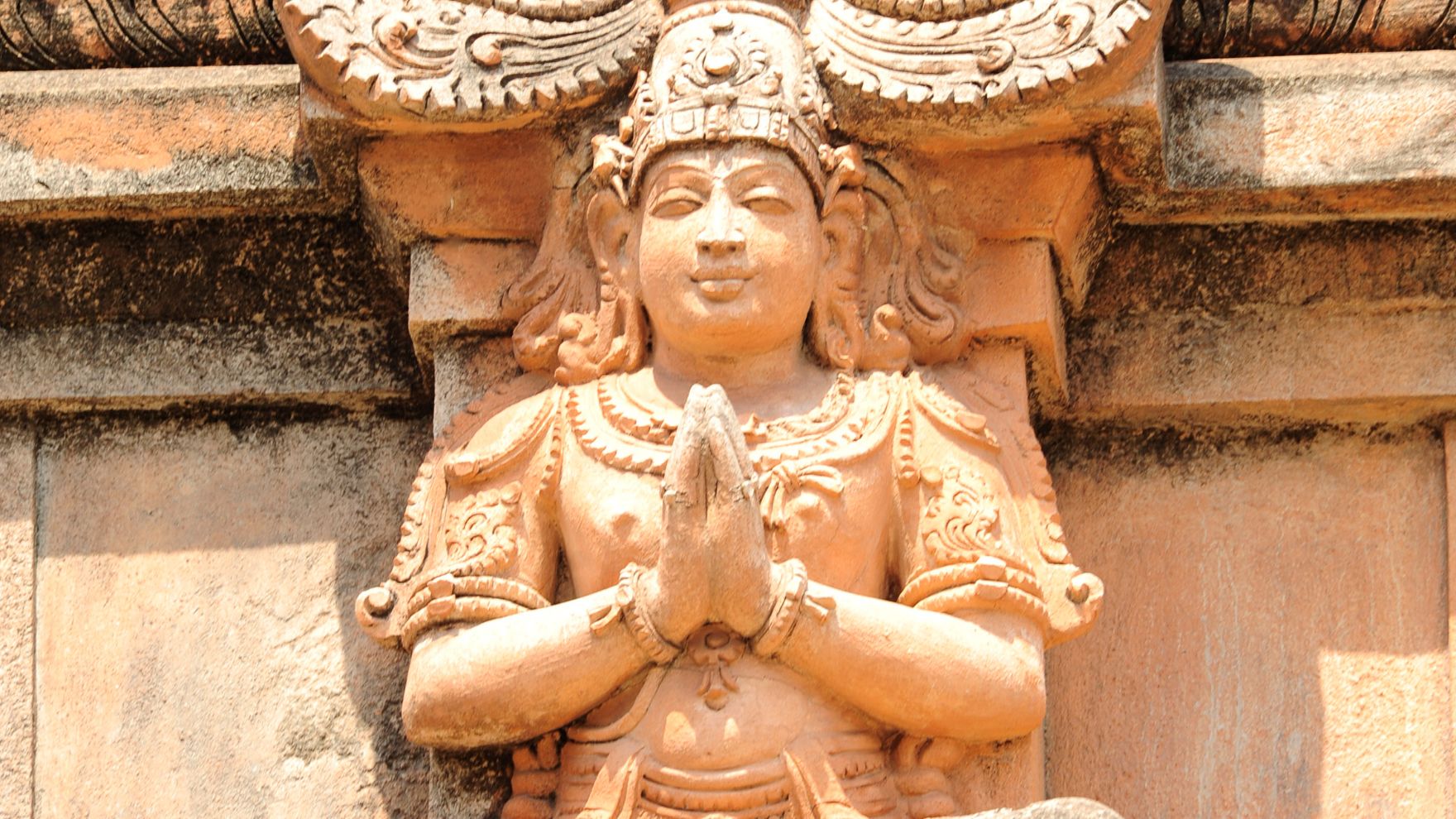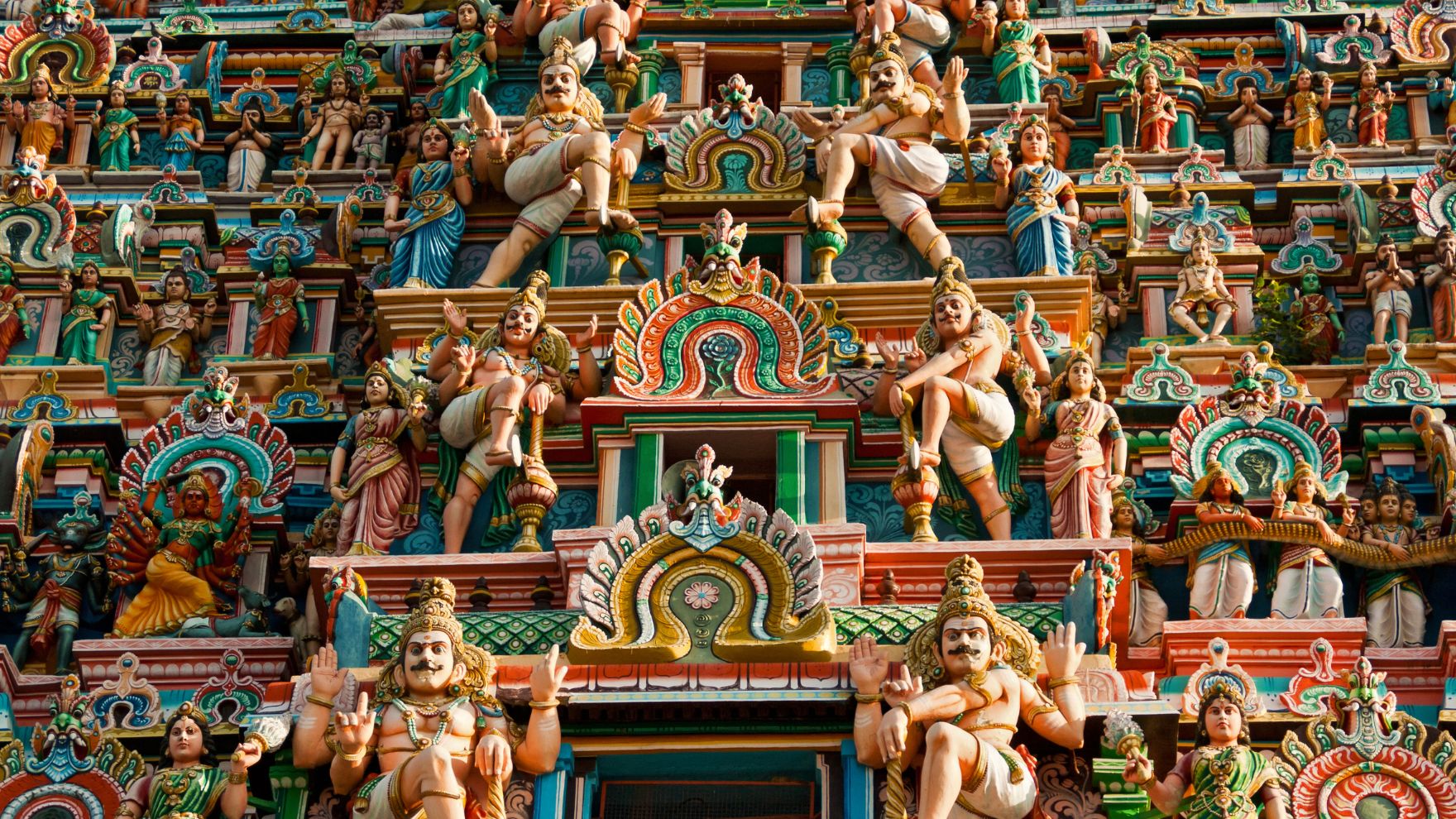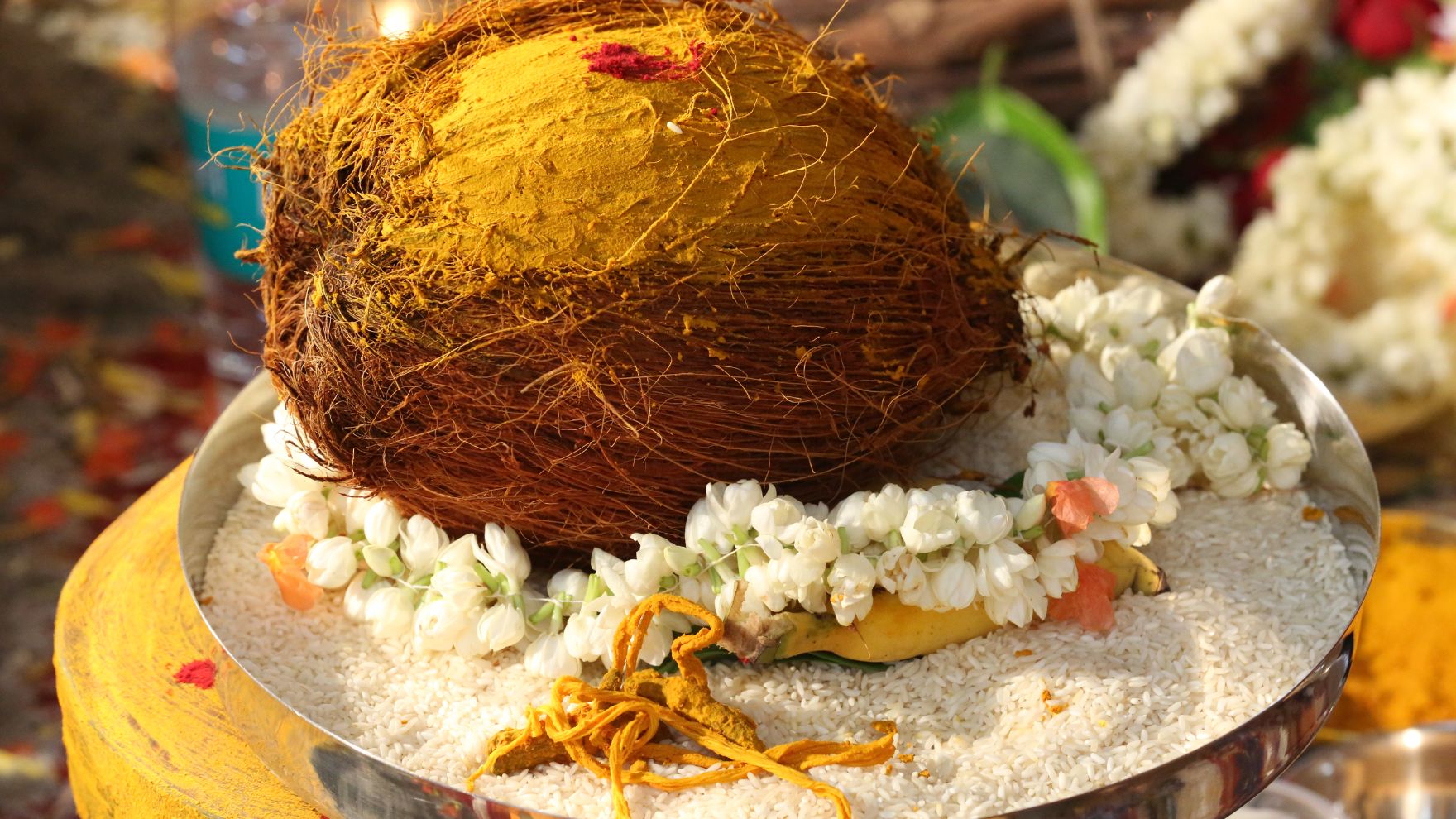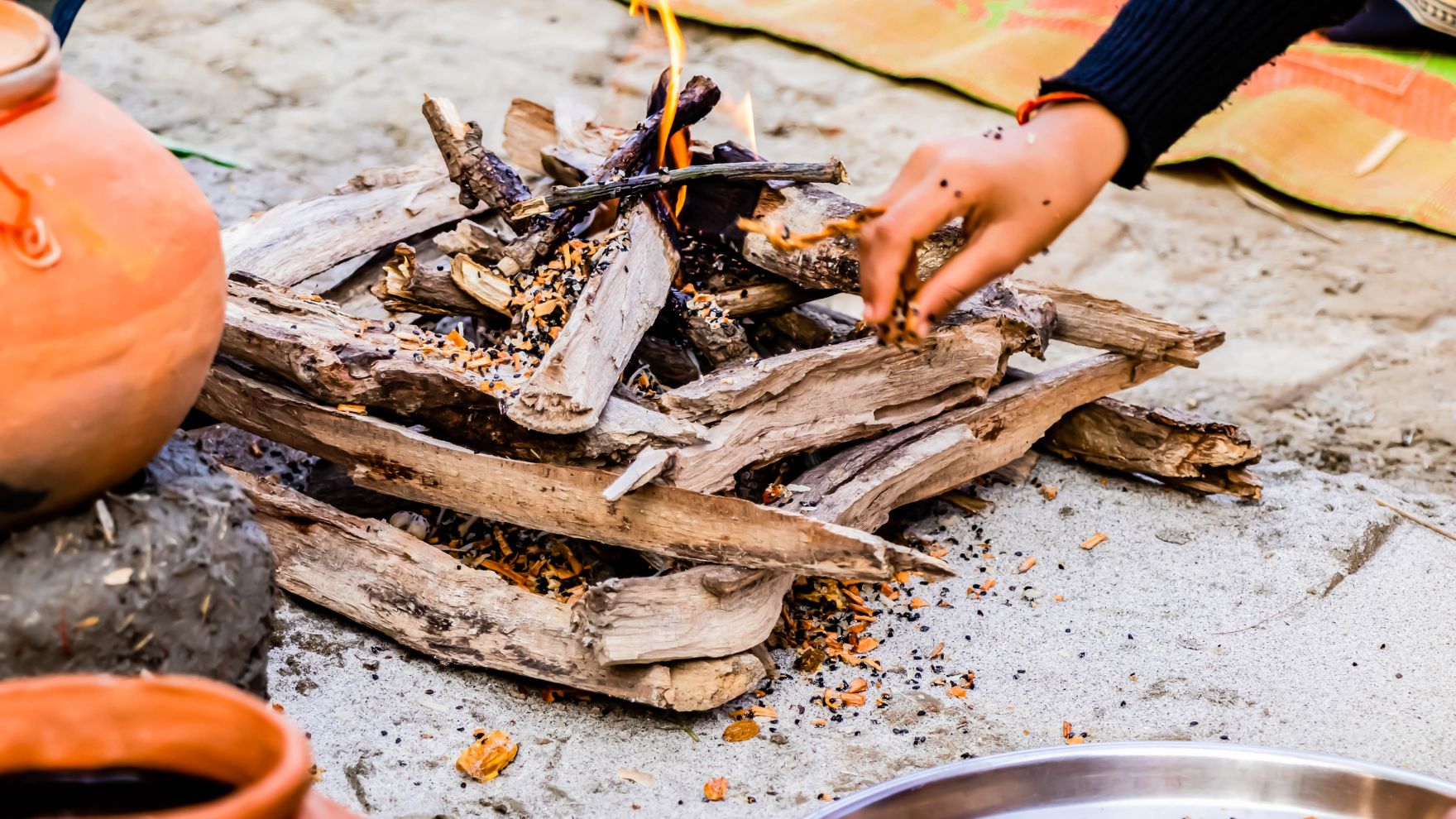Hinduism is filled with sacred symbols, each carrying deep spiritual significance. Powerful Symbols and Their Meanings Use in Daily Life Many traditional puja items and temple structures incorporate these sacred symbols to maintain their spiritual energy. Understanding and using these symbols deepens our connection to Sanatan Dharma.
The Role of Art in Devotion: From Madhubani to Pattachitra
Art has always been a medium of devotion in Hinduism. Traditional Art Forms Spiritual Significance Temple carvings and paintings narrate mythological stories, helping devotees visualize and connect with divine energies. Preserving Tradition Supporting artisans and promoting handmade devotional art helps keep this sacred tradition alive while ensuring fair livelihoods for craftsmen.
The Power of Vedic Mantras: Science and Spirituality Combined
Vedic mantras are vibrational frequencies that influence the mind, body, and surroundings. Sacred Sound and Energy When chanted correctly, mantras align the chakras (energy centers), promoting mental clarity and emotional balance. Scientific Benefits Studies show that mantra chanting:✅ Reduces stress✅ Improves brain function✅ Increases positive vibrations in the environment Enhanced Spiritual Practices Combining mantra chanting with incense or hawan rituals enhances spiritual experiences, creating an atmosphere of divine energy.
Ayurveda and Aromatherapy: Healing with Natural Fragrances
Ayurveda, the ancient Indian system of holistic healing, recognizes the profound effect of natural fragrances on the mind and body. Healing Fragrances Ayurvedic Balance Ayurveda prescribes specific aromas for balancing the body’s doshas: Using natural, chemical-free incense and essential oils prevents exposure to harmful toxins while preserving the ancient wisdom of healing through scents.
Ancient Indian Art Forms: A Window into Our Cultural Heritage
India is home to some of the world’s most intricate and spiritually rich art forms. Traditional Art Forms Spiritual Connection These art forms often depict Hindu gods, mythological stories, and sacred symbols. Temple carvings and paintings narrate divine stories, helping devotees connect with Sanatan Dharma. Preserving Artistic Heritage Supporting artisans and incorporating these designs into products like puja items and home decor helps keep these art forms alive and strengthens India’s cultural identity.
Eco-Friendly Worship: Sustainable Rituals in Hinduism
Sanatan Dharma teaches the importance of respecting nature, considering all elements of creation as divine. Issues with Modern Worship Practices Modern worship often involves:❌ Plastic-wrapped offerings❌ Chemical-laden incense❌ Artificial flowers Sustainable Alternatives Eco-Friendly Disposal After puja, composting flowers or immersing offerings in designated water bodies prevents pollution and honors nature. By adopting sustainable rituals, we stay true to the principles of Sanatan Dharma while protecting Mother Earth.
Hawan and Its Benefits: Purifying the Environment and Soul
Hawan, or yajna, is an ancient Vedic fire ritual performed to invoke divine blessings and purify the environment. The Ritual Process The sacred fire is nourished with offerings like ghee, dried herbs, and natural wood while chanting Vedic mantras. This process is believed to:✅ Eliminate negative energies✅ Promote health✅ Create a protective aura Scientific Benefits Research shows that hawan purifies the air by releasing antimicrobial compounds that eliminate bacteria and pollutants. Medicinal herbs like neem, tulsi, and guggal act as natural disinfectants. Spiritual Benefits On a spiritual level, hawan aligns the mind, body, and soul with cosmic energy, promoting inner peace and positivity. Eco-Friendly Practices Using eco-friendly hawan cups made from cow dung and natural herbs enhances the ritual’s purity while reducing environmental impact. By reviving this sacred practice with sustainable materials, we preserve our Vedic traditions and maintain ecological balance.
The Spiritual Significance of Incense in Sanatan Dharma
Incense has been an essential part of Hindu rituals for thousands of years. It is believed to purify the surroundings, elevate the mind, and create a divine ambiance for worship. Symbolism of Incense When incense is burned, the fragrant smoke symbolizes the dissolution of worldly attachments, allowing one to focus on spirituality. Different fragrances hold distinct spiritual meanings: Use in Temples and Homes In temples and homes, incense is offered to deities as a form of devotion, carrying prayers to the divine. Vedic texts mention that incense helps cleanse the aura and remove negative energies, making it an essential part of daily rituals, meditation, and yoga. Eco-Friendly Incense Modern synthetic incense often contains harmful chemicals. Using natural, eco-friendly incense ensures that we honor tradition while preserving the purity of the environment. By choosing sustainable, herbal incense, we stay aligned with the Sanatan Dharma principle of living in harmony with nature.










